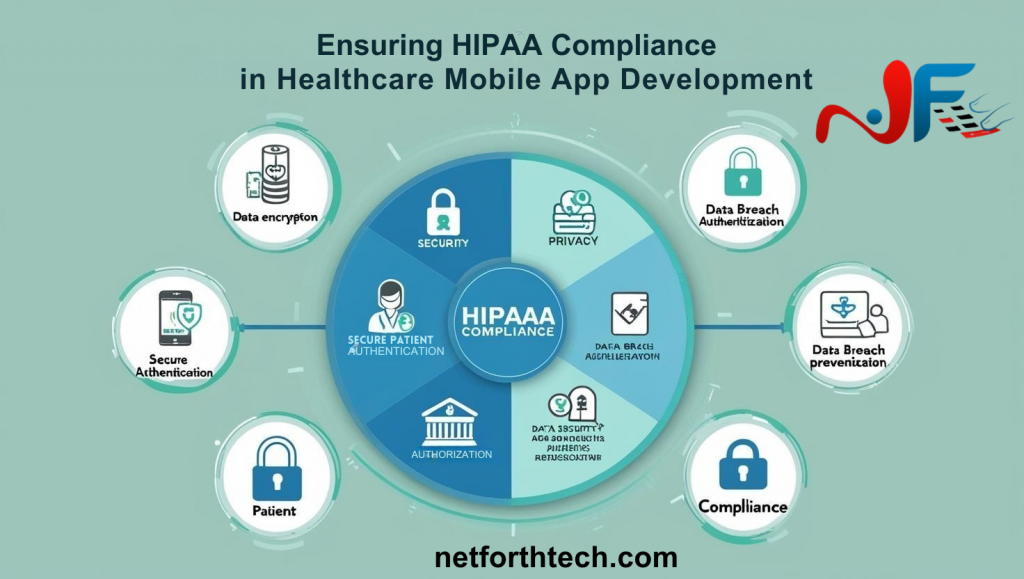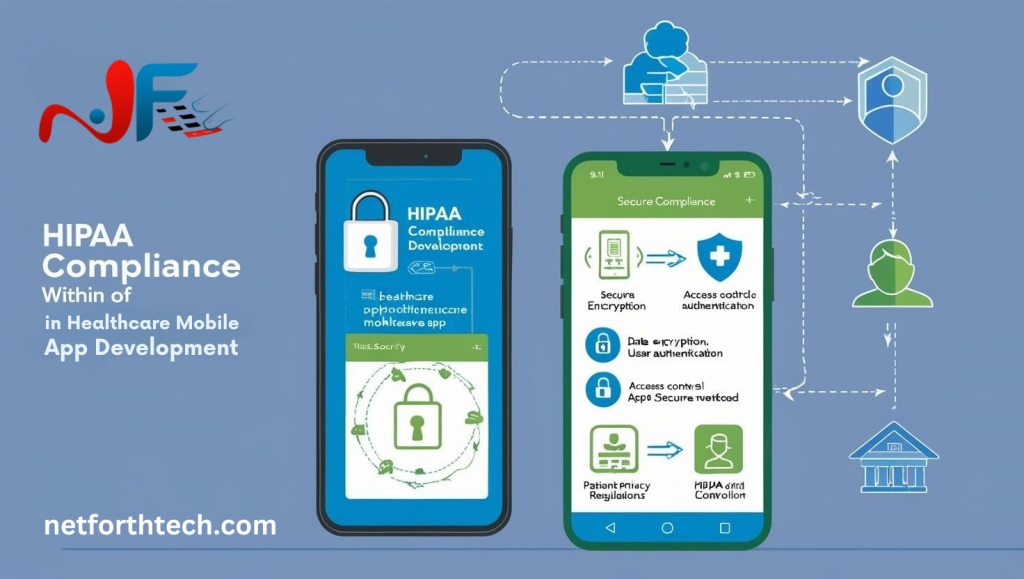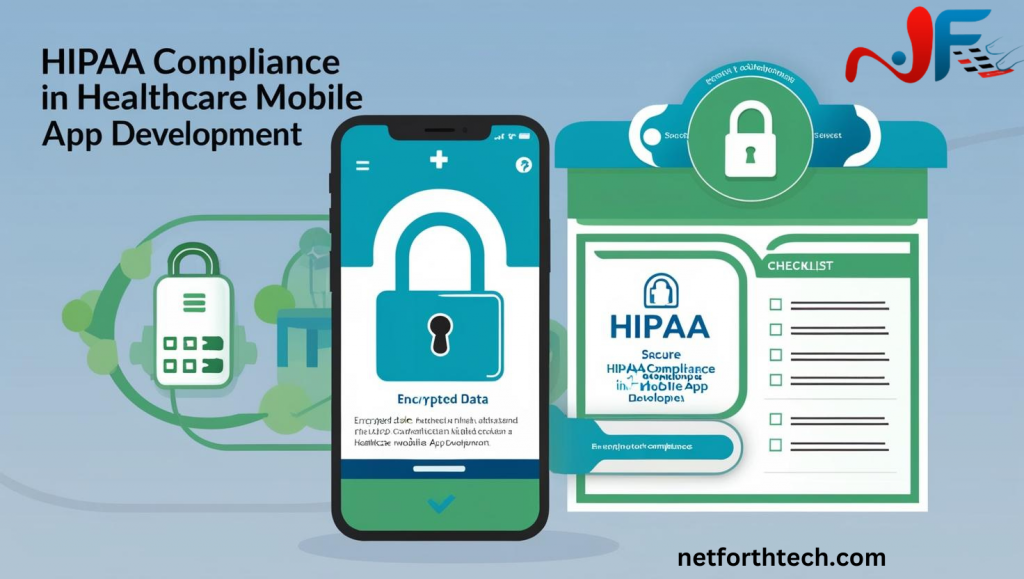Healthcare mobile apps have transformed patient care, offering greater convenience and accessibility. However, developing such applications involves strict regulations, particularly ensuring compliance with the Health Insurance Portability and Accountability Act (HIPAA). Compliance is essential for protecting sensitive patient data and maintaining trust. In this article, we will explore how to ensure HIPAA compliance during healthcare mobile app development.
Understanding HIPAA and Its Importance
HIPAA is a federal law in the United States that sets standards for protecting sensitive patient information. It mandates how healthcare providers, insurers, and related entities handle protected health information (PHI). For mobile app developers, this means incorporating safeguards to secure data, maintain confidentiality, and ensure proper access controls.
Key Components of HIPAA Compliance
HIPAA compliance consists of four primary rules that healthcare app developers must follow:
- Privacy Rule – Establishes guidelines for using and disclosing PHI.
- Security Rule – Mandates the protection of electronic PHI (ePHI) through administrative, physical, and technical safeguards.
- Breach Notification Rule – Requires entities to notify affected individuals and authorities in case of a data breach.
- Enforcement Rule – Defines procedures for investigations and penalties for non-compliance.

Steps to Ensure HIPAA Compliance in Healthcare Mobile Apps
1. Identify and Classify PHI
The first step is recognizing what data falls under PHI. This includes any health information linked to an individual, such as:
- Medical records
- Lab results
- Insurance details
- Payment information
- Personal identifiers (e.g., name, address, social security number)
Ensure proper classification of data to determine which HIPAA rules apply.
2. Implement Strong Data Encryption
Data encryption is critical for protecting PHI from unauthorized access. Use end-to-end encryption for data at rest and in transit using protocols like AES-256 and TLS 1.2 or higher.
3. Access Control and Authentication
Only authorized users should have access to sensitive data. Implement:
- Multi-factor authentication (MFA)
- Role-based access controls (RBAC)
- Secure password management
4. Data Backup and Recovery
Maintain secure data backups to ensure information can be restored in the event of a breach or system failure. Implement automated backups with encryption.
5. Audit and Monitoring
Set up real-time monitoring systems to detect unusual activities. Maintain detailed audit logs of data access, changes, and transfers.

6. Develop Secure APIs
Healthcare mobile apps often rely on third-party APIs for integration. Ensure these APIs follow HIPAA-compliant security protocols.
7. Regular Security Assessments
Conduct periodic penetration testing, vulnerability assessments, and security audits to identify and resolve potential threats.
8. Employee Training and Awareness
Employees should receive regular HIPAA training to understand security best practices and recognize threats like phishing attacks.
9. Data Anonymization and Tokenization
When possible, anonymize or tokenize PHI to minimize the risk of exposure in case of a breach.
10. Incident Response Plan
Prepare a well-defined incident response plan that outlines how to respond to data breaches, ensuring timely notifications and mitigation.

Common Challenges in Achieving HIPAA Compliance
- Data Management Complexity: Managing vast amounts of data across various systems can increase the risk of non-compliance.
- Third-Party Integrations: External APIs and services may pose security risks if not properly vetted.
- Budget Constraints: Compliance measures may be costly, especially for small healthcare startups.
- Constant Regulation Changes: Keeping up with evolving HIPAA regulations requires continuous monitoring.
Benefits of HIPAA Compliance
Achieving HIPAA compliance offers several advantages, including:
- Enhanced data security and patient trust
- Reduced risk of legal and financial penalties
- Improved app credibility in the competitive healthcare market
- Greater opportunities for partnerships with healthcare providers
Final Thoughts
Developing a HIPAA-compliant healthcare mobile app requires a proactive approach to data security and regulatory adherence. By incorporating strong encryption, access controls, regular audits, and employee training, developers can ensure robust protection of patient data.
Staying compliant not only protects sensitive information but also enhances your app’s reputation in the healthcare industry.
If you’re looking to build a secure and HIPAA-compliant healthcare app, consider partnering with experienced developers who understand the nuances of healthcare regulations. Your commitment to compliance will ensure long-term success and patient satisfaction.
Need help with HIPAA-compliant healthcare app development? Contact us today to discuss your project and ensure your app meets all regulatory standards.






One Response